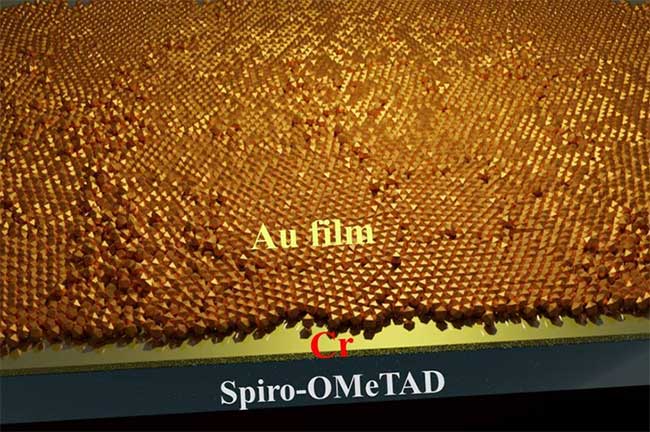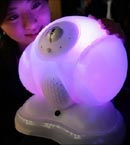American and Chinese scientists have successfully developed a transparent solar cell that functions as a tempered glass panel, which can be used as windows in buildings. The transparent solar cells can indeed be utilized as house windows.
This breakthrough also enhances the conversion efficiency from solar energy to electrical energy compared to previous technologies. Additionally, it lays the groundwork for the development of parallel solar cells, combining the strengths of two distinct but complementary technologies: Silicon and Perovskite.

Transparent solar cells can be used as house windows.
Silicon-based solar cells have been the cornerstone of the solar energy technology for many decades. However, the recent development of Perovskite-based solar cells has demonstrated several unique advantages.
With Perovskite technology, the efficiency of solar cells continues to improve, particularly when combined with traditional Silicon-based cells, reducing installation costs and providing higher energy conversion efficiency.
Parallel solar cells are the focus of the latest research by American and Chinese scientists, building on previous studies regarding electrode materials for Perovskite solar cells. They demonstrated how ultra-thin gold films can be used as transparent electrodes for these cells, although it is challenging to create a uniform layer, which leads to poorer conductivity. The authors of the study found that using chromium as a seed layer to form the gold film would overcome these limitations.
“Typically, when creating a thin layer using materials like gold, the nanoparticles tend to cluster together, forming small islands. Chromium has a high surface energy, providing an excellent site for gold to grow on top, and it actually allows gold to form a continuous thin film,” said Dong Yang, an assistant professor researching Materials Science and Engineering at Penn State University.
The ultra-thin electrodes have been shown to be stable as part of an operating Perovskite cell and have proven to be highly effective in the group’s tests. This specific Perovskite cell has demonstrated an efficiency of 19.8%—the research team noted this is a “record for a semi-transparent cell”. Combining a Perovskite cell with a Silicon cell to form a parallel version achieved an efficiency of 28.3%, which is 5% higher than what the Silicon cell could provide alone.
“Achieving an additional 5% in efficiency is not a trivial matter. Essentially, this means we are converting about 50W of sunlight for each square meter of solar cell material. Solar farms can consist of thousands of modules, so the total electricity generated is significant, and this is a breakthrough,” said Shashank Priya, another author of the study.

Scientists have developed a transparent electrode for parallel solar cells.
There is still much work to be done to turn these findings into a commercially available solar cell. However, the scientists assert that they have addressed two critical issues in the development of parallel solar cells: transparency and the conductivity of the top electrode.
“We will soon see transparent solar cells on windows in homes and office buildings. This is a significant advancement – we have finally succeeded in creating semi-transparent solar cells with higher efficiency,” the researchers committed.




















































